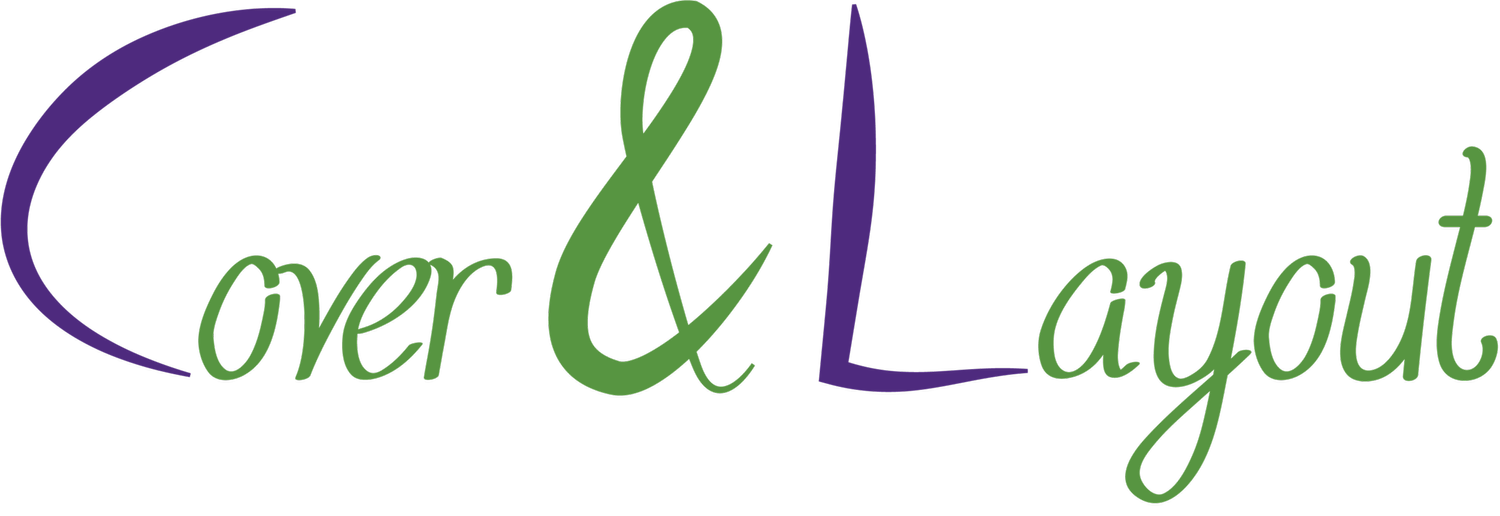Clive Cussler adventure books used to feature a review from Tom Clancy: "Clive Cussler is the guy I read".
Jurrasic Park used a tagline: "An adventure 65 million years in the making". The sequels used "Something Survived" and "The Park is Open".
This cover for Kristen Hannah's has both a teaser and a tagline, and a reference to her previous New York Times bestseller.
Tagline reviews and teasers are used frequently on many of the bestsellers, but seem strangely absent in indie book covers. This is partly down to the often cited advice that everything on your cover should be legible at thumbnail size. This is simply untrue. Your thumbnail may be what your potential reader sees first, but when they click through they see a full-sized cover. The teaser and citations help draw the reader in. If the major publishers are doing it, why aren't you?
Before we go much further, let's look what a good teaser looks like. Teasers are often confused with something the industry calls a 'log line'. But they are very different beasts and have different objectives.
- Log line – A log line is a one (or occasionally two) sentence description that distills your book down to its essential narrative in as succinct a manner as possible. For The Nightingale, the log line could be "Two sisters are separated in World War II France: one in the countryside, the other in Paris."
- Teaser tagline – A short phrase that piques the reader's interest and leaves them wanting to find out more. The tagline for The Nightingale reads "In love we find out who we want to be. In war we find out who we are."
The log line describes your book whereas the teaser hooks the reader. Log lines do not appear on the front cover – they are usually used by catalogues who feature your book.
While teasers focus on the story, reviews give you credibility. There are three main review categories:
- Author (or celebrity) reviews – Getting an established author in your field to review your book establishes your credibility and tells the reader that if they like author X, they are likely to enjoy this book too.
- Reviews from print media – subject matter experts or celebrities help establish your credibility as an author.
- Awards or sales figures – Okay, not a review, per se, but citing awards or millions of worldwide sales also help to establish credibility.
Here are some examples of different types of reviews, teasers and taglines to consider:





